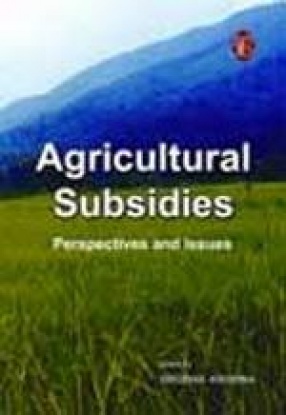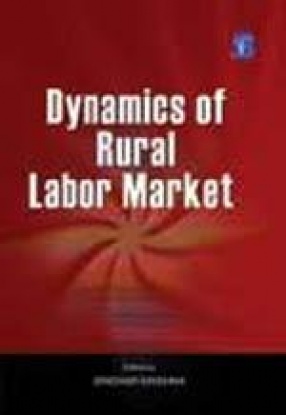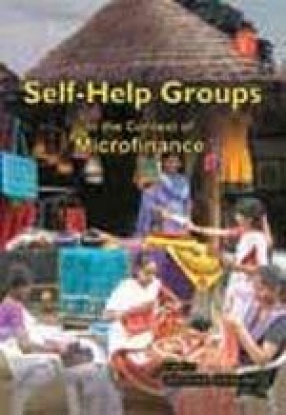Agricultural Subsidies: Perspectives and Issues
While the general rate of tariffs in the US is low, it is high in the case of agriculture. Together with high tariffs, the US also provides heavy subsidies to its farmers. The same is true with the EU. Both developed and developing countries provide subsidies to their farmers under various headings, though developed countries subsidize their farmers to a much greater extent than developing countries. This has the consequence of world prices being much lower than what would have been the case had the subsidies not been there and, in turn, makes the agricultural commodities of the developing countries non-competitive in the world market. Nowhere is it as evident as in the case of cotton where the US subsidizes its farmers so heavily that the resulting low world prices render the lowest cost producing farmers of West Africa non-competitive. What countries like Burkina Faso, Chad and Benin get in terms of US aid is less than what they lose by not being able to export cotton. Cotton, being the most important export crop for these countries has meant that agricultural subsidies in the north have thwarted the development of these countries. What is true of cotton is also true of most other agricultural commodities, though to a lesser extent. Developed countries have been maintaining their subsidies by box shifting, or shifting subsidies out of the amber box and the blue box to the green box. So green box rules need to be tightened, so that production and trade distorting subsidies do not figure in the green box. This book will be useful to economists, government functionaries, research scholars and students of management.
Get it now and save 10%
BECOME A MEMBER











Bibliographic information